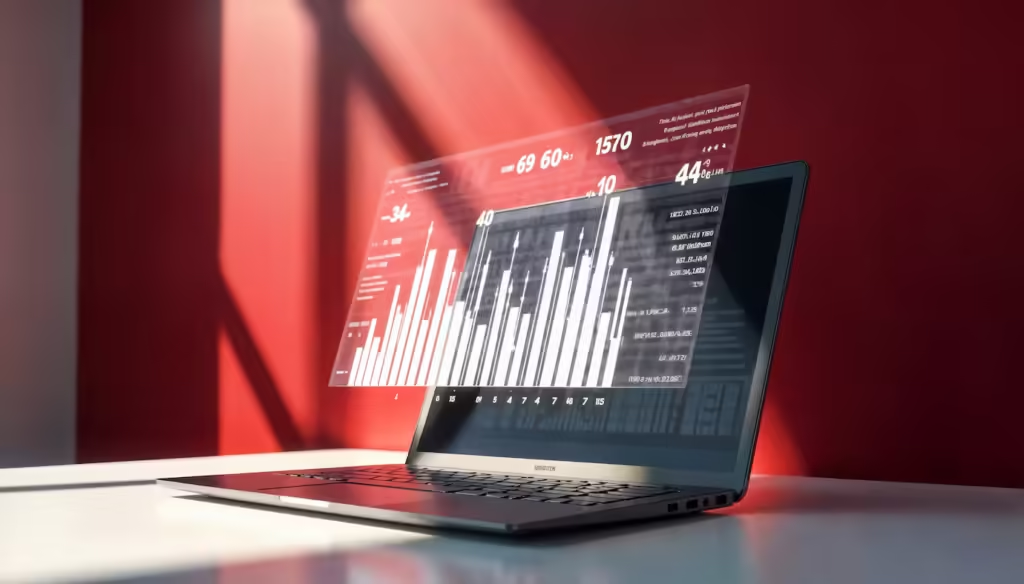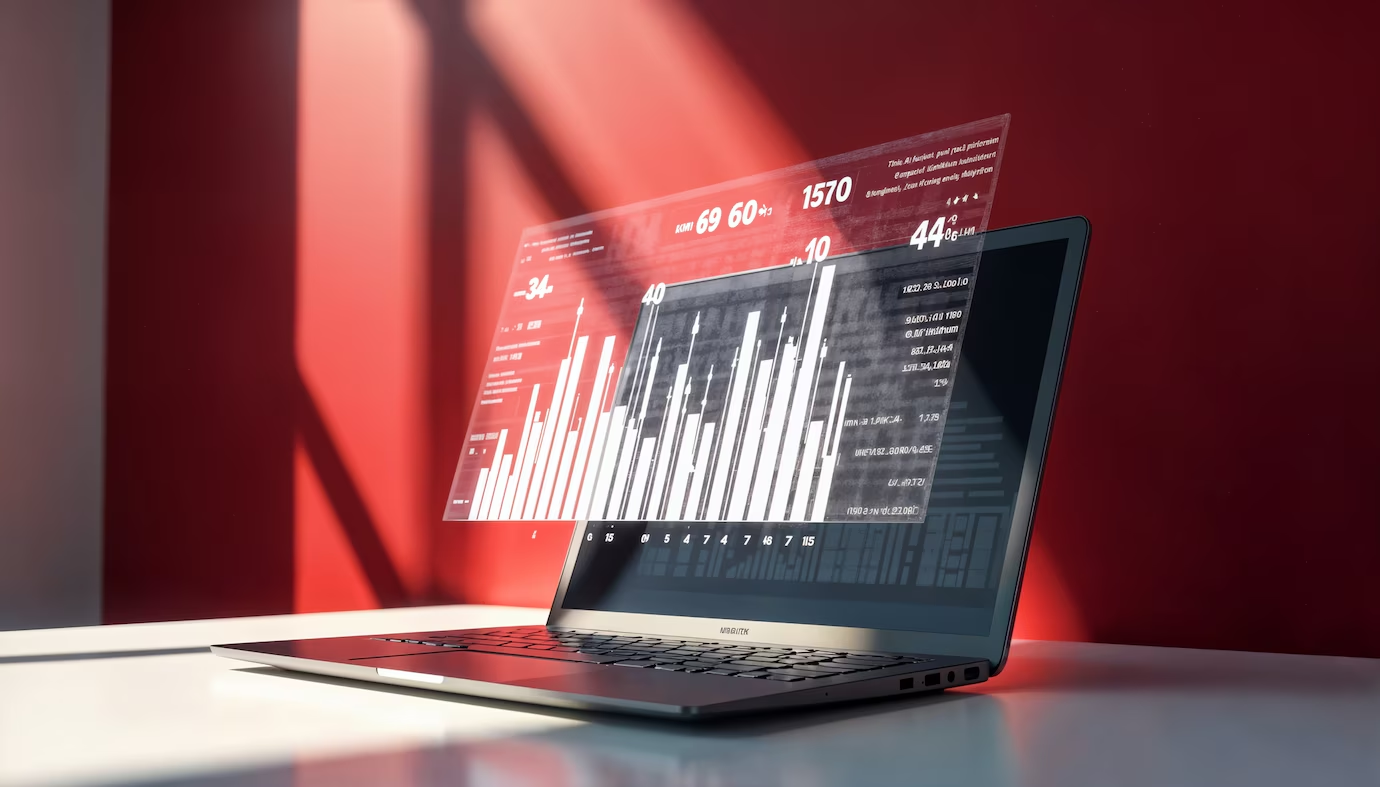The forex market, one of the largest and most liquid financial markets in the world, is constantly evolving. As technology advances, artificial intelligence (AI) is becoming an increasingly integral part of the trading landscape. AI’s ability to analyze vast amounts of data, identify patterns, and make real-time decisions has the potential to revolutionize forex trading. In this blog, we’ll explore the future of AI in forex trading, how it’s reshaping the industry, and what traders and brokers can expect in the coming years.
1. AI-Powered Market Analysis and Predictions
Forex trading thrives on timely and accurate market analysis. Traditionally, traders would analyze charts, economic data, and market news to make informed decisions. However, AI can take this process to a new level by analyzing enormous datasets in real time, far beyond human capabilities.
- Real-Time Data Processing: AI algorithms can process market data, news, and social media sentiment within seconds, giving traders immediate insights. By identifying correlations and trends, AI helps traders make more informed predictions.
- Predictive Analysis: AI can use historical data to predict market movements with increasing accuracy. Machine learning models constantly improve as they “learn” from new data, enhancing the predictive power of these tools.
For traders, this means quicker access to actionable insights, allowing them to make decisions based on more robust analysis.
2. Automated Trading Systems and AI Algorithms
One of the most significant impacts of AI in forex trading is the rise of automated trading systems. These systems, often referred to as “expert advisors” (EAs) or algorithmic trading systems, allow traders to set predefined rules and strategies, which the AI then follows to execute trades automatically.
- Increased Efficiency: AI-driven algorithms can execute trades faster than any human trader, enabling participation in high-frequency trading (HFT). By capitalizing on market inefficiencies, traders can benefit from tiny price movements that would otherwise be missed.
- 24/7 Trading: Since forex markets are open 24 hours a day, AI trading systems can operate continuously without fatigue, capitalizing on opportunities even when traders are offline.
- Reduced Emotional Bias: Human emotions like fear and greed often interfere with decision-making in trading. AI removes this factor entirely, sticking to a rational, pre-programmed strategy regardless of market volatility.
This shift towards AI-driven automation is reshaping the role of traders, enabling them to focus more on strategy development rather than manual trade execution.
3. Sentiment Analysis and AI in Forex News Trading
AI is also transforming forex news trading by using sentiment analysis to gauge market sentiment from news articles, social media posts, and even public statements by influential figures. Sentiment plays a crucial role in forex as it can drive significant market movements, especially in response to political or economic events.
- Natural Language Processing (NLP): AI’s NLP technology can analyze the tone and sentiment of news in real time, helping traders predict how certain events will impact currency prices.
- Instant Reaction to Breaking News: AI-powered systems can automatically execute trades based on news sentiment before human traders have time to react, giving them an edge in fast-moving markets.
This capability allows traders to benefit from both short-term fluctuations and long-term trends influenced by market sentiment.
4. Risk Management and AI
Forex trading involves inherent risks, but AI is playing a growing role in helping traders and brokers manage these risks more effectively.
- Risk Detection: AI can monitor multiple factors simultaneously—such as market volatility, leverage ratios, and portfolio exposure—to identify potential risks before they impact the trader’s account.
- Dynamic Stop-Loss Adjustments: AI can adjust stop-loss levels in real time, responding to changing market conditions to protect profits or minimize losses without the need for constant trader intervention.
- Position Sizing Optimization: AI algorithms can calculate the optimal position size based on risk tolerance, market conditions, and past performance, helping traders maintain consistent risk management.
These AI-powered risk management tools can help traders reduce their exposure to loss while maximizing potential gains.
5. AI-Powered Forex Brokers
Brokers are also embracing AI technology, offering AI-enhanced trading platforms and tools to attract and retain clients. Some brokers have integrated AI tools that offer:
- Personalized Trading Insights: AI can analyze a trader’s behavior and past performance to offer tailored recommendations, making the platform more user-friendly for both beginners and advanced traders.
- AI Chatbots for Customer Support: Many brokers now use AI-powered chatbots to provide instant customer support, answering questions, and guiding traders through platform features.
- Automated Portfolio Management: AI can manage a trader’s portfolio based on pre-set criteria, rebalancing assets and adjusting strategies to align with market conditions and the trader’s goals.
As more brokers adopt AI, these tools will likely become standard across the industry, making the technology more accessible to everyday traders.
6. AI and the Future of Forex Regulation
With AI technology advancing rapidly, regulatory bodies may need to adapt to ensure that these tools are used responsibly in the forex market. Future regulations could focus on ensuring transparency in AI algorithms and preventing market manipulation through high-frequency or algorithmic trading.
- Algorithm Accountability: Regulatory authorities may require brokers to disclose how their AI algorithms make trading decisions, ensuring that traders understand the risks involved.
- Market Fairness: As AI gains popularity, regulators may step in to maintain a level playing field between retail and institutional traders, potentially introducing new rules for algorithmic trading.
While AI offers numerous benefits, it also introduces new challenges that both traders and regulators will need to navigate.
7. The Role of Machine Learning in Evolving Forex Strategies
Machine learning, a subset of AI, has the potential to transform how trading strategies are developed. Instead of relying on static rules, machine learning models can evolve over time, adapting to new market conditions and continuously improving their performance.
- Strategy Evolution: Machine learning models can analyze past trades, learn from mistakes, and fine-tune strategies to optimize profitability. This allows traders to keep their strategies updated without needing to manually backtest or optimize them constantly.
- Data-Driven Decision Making: By incorporating vast amounts of historical data and real-time analysis, AI-driven strategies can respond more effectively to market conditions, identifying opportunities and risks that would be difficult for human traders to detect.
The ability to evolve and adapt strategies in real time will give AI-powered traders a competitive edge in the fast-moving forex market.
Conclusion: The AI-Powered Future of Forex Trading
The integration of AI in forex trading is no longer just a future possibility—it’s already happening. AI is transforming how traders analyze markets, execute trades, manage risks, and interact with brokers. As these technologies continue to evolve, traders who embrace AI will likely gain a significant edge in the competitive forex market.
From real-time sentiment analysis to automated trading systems, the future of forex trading is undoubtedly AI-driven. As traders, the key will be to understand how to leverage these powerful tools to maximize profits while minimizing risks. Brokers, on the other hand, will need to adopt these technologies to stay competitive, offering AI-enhanced tools and services to meet the growing demand from tech-savvy traders.
In the coming years, we can expect AI to play an even larger role in shaping the forex industry, unlocking new opportunities and challenges for traders worldwide.


